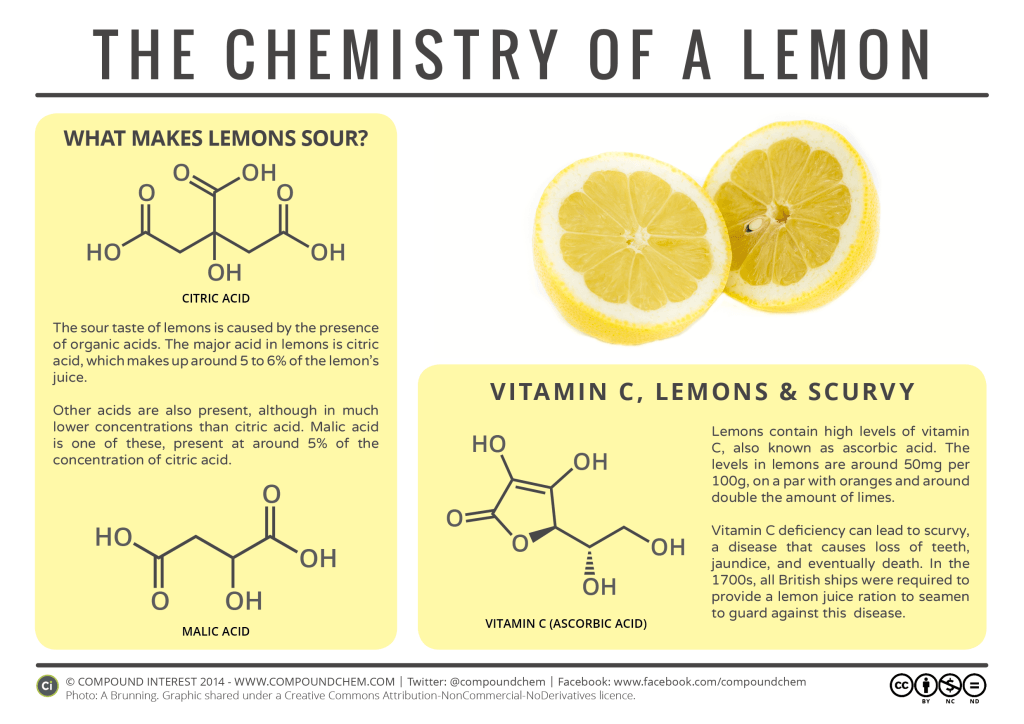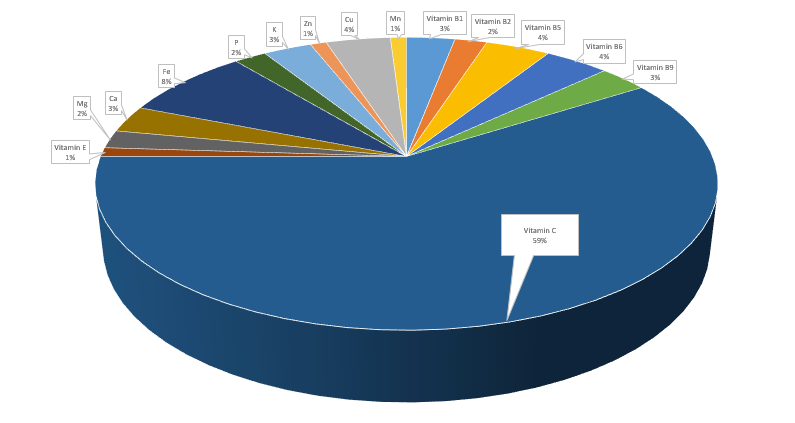
Members: 









Dictionary: (all members)
 Лимун
Лимун Lămâie
Lămâie  limoni/ლიმონი
limoni/ლიმონი
 citrón
citrón  Sitron
Sitron  citroen
citroen
 A) Description, varieties, aroma, taste,...
A) Description, varieties, aroma, taste,...


 B) Real and Art Picture (+ information about the artist)
B) Real and Art Picture (+ information about the artist)
Nemanja Tasić
 C) In 10 steps how to grow a lemon
C) In 10 steps how to grow a lemon
Here's how you grow your own lemon tree
Erin Potts 8S1
Firstly you'll need
- An organic lemon since non-organic lemons often contain non-germinating seeds
- Fertile potting soil, and natural fertilisers like compost
- A seedling pot that is about 24 inches wide by 12 inches deep
- A planting pot that is six inches wide and six inches deep (this comes in handy further down the track)
- A sunny, indoor growing location
Directions
1. Moisten the potting soil so that it is damp, but not soaked, all the way through.
2. Fill the smaller pot with soil, all the way up to an inch below the rim.
3. Cut open your lemon and remove a seed. Remove all of the pulp from its surface. A good way to do this is to simply suck on it until it is clean.
4. Do not delay to plant. The seed must still be moist when it is buried into the soil in the smaller pot. Plant the seed about half an inch deep in the middle of the pot.
5. Spray the soil that is directly above the seed gently with water from a spray bottle.
6. Cover the pot with clear plastic wrap, seal the edges with a good rubber band, and poke small holes in the top with a pencil.
7. Place the pot in a warm, sunny location.
8. Spray on more water occasionally, not allowing the soil to dry out. Do not cause water to puddle though. Just keep the soil somewhat moist.
9. After about two weeks, when the sproutling emerges, take the plastic covering off. If you need additional light for your lemon plant, you can use a grow light to supplement the sun's light.
10. Take care of the young plant by keeping the soil damp, by making sure it gets at least eight full hours of light per day, and by giving it moderate doses of organic fertiliser like compost.
 D) In which countries worldwide is it grown (produced)? Cultivation history
D) In which countries worldwide is it grown (produced)? Cultivation history
 E) Import and export in Europe
E) Import and export in Europe
 F) Prices in Europe/ world Paula Căuăcean
F) Prices in Europe/ world Paula Căuăcean

 G) Recipes with lemon
G) Recipes with lemon
INGREDIENTS
-
200g fresh ricotta
-
60g unsalted butter, softened
-
3/4 cup caster sugar
-
2 teaspoons finely grated lemon rind
-
1 egg
-
1 cup plain flour
-
1/2 teaspoon baking powder
-
1/2 cup almond meal
-
1/3 cup natural sliced almonds, lightly toasted
LEMON ICING
METHOD
-
Step 1
Preheat oven to 200°C/180°C fan-forced. Line 2 large baking trays with baking paper.
-
Step 2
Using an electric mixer, beat ricotta, butter, sugar and lemon rind until smooth. Add egg. Beat until combined. Sift flour and baking powder over butter mixture. Add almond meal. Using a wooden spoon, stir until combined.
-
Step 3
Using damp hands, roll level tablespoons of mixture into balls. Place 3cm apart on prepared trays. Flatten slightly. Bake for 12 to 15 minutes or until lightly golden around the edges. Cool on trays for 5 minutes. Transfer to a wire rack to cool completely.
-
Step 4
Make Lemon icing: Combine icing sugar, lemon juice and butter in a bowl, stirring until smooth. Spread icing over biscuits. Top biscuits with almonds. Set aside for 20 minutes or until set. Serve.
-

 +
+ 
H) Science experiment 1: Search a science experiment suitable for a lemon. Each of the responsible schools does the experiment, and compares the results. (you can invite every person in your group to do the experiment)
 I) Science experiment 2: Foodpairing : lemon in combination with another (vegetable or fruit )
I) Science experiment 2: Foodpairing : lemon in combination with another (vegetable or fruit )
 J) Health benefits and Nutrional values:
J) Health benefits and Nutrional values:


Group 1 - Potatoes Group 2 - Red Cabbage Group 3 - Spinach Group 4 - Carrots
Group 5 - Pumpkin Group 7 - Grape/ Raisin Group 8 - Orange
Group 9 - Kiwi Group 10 - Banana Group 11 - Beans
